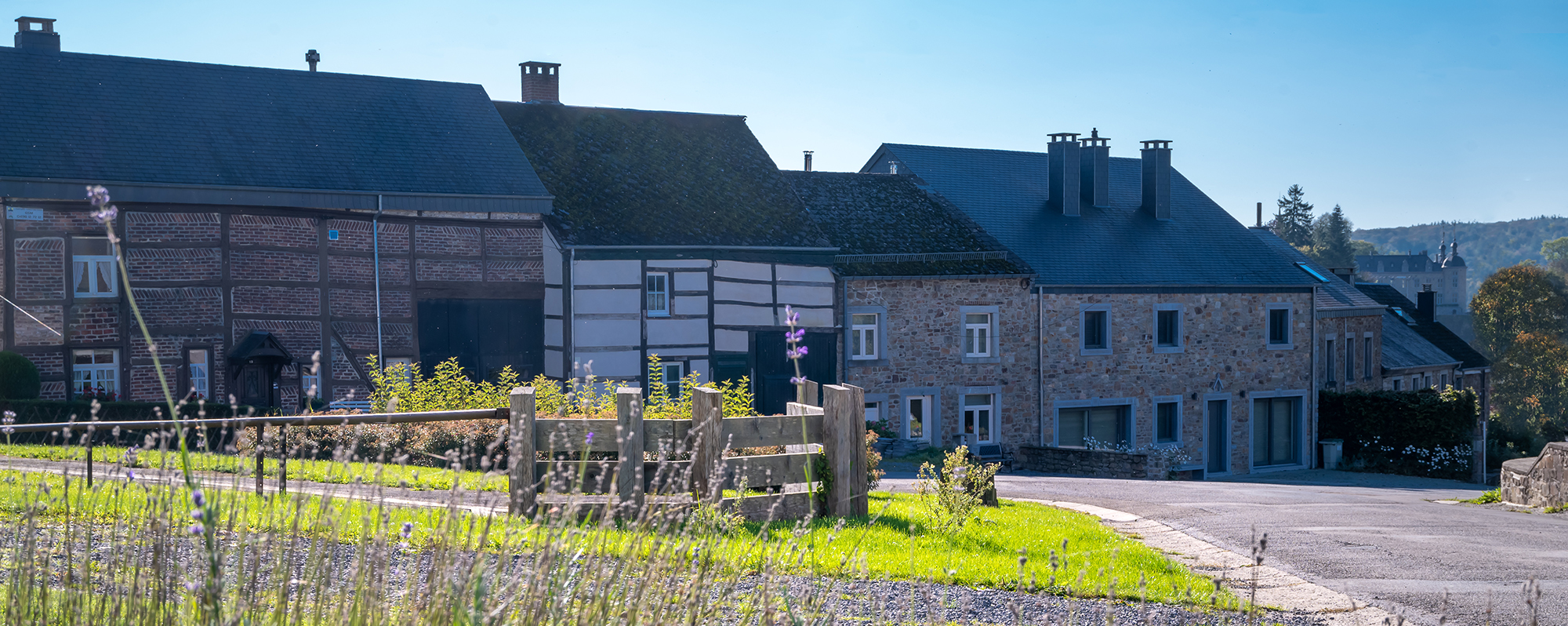
Characteristic of a region, a village, discover the traditional village settlements and the elements of rural heritage which comprise them.
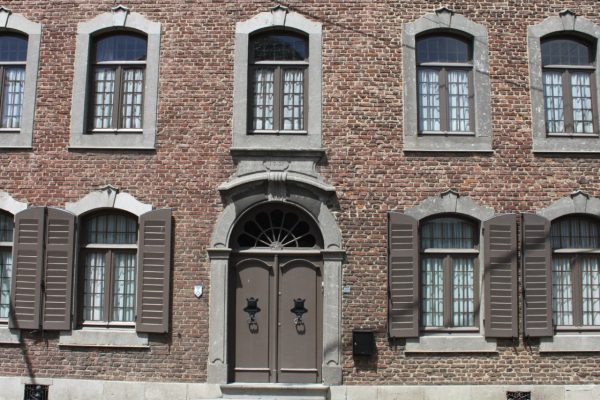
Facades inspired by urban mansions, a symbol of economic growth and success for the Olne bourgeoisie of the 18th century.
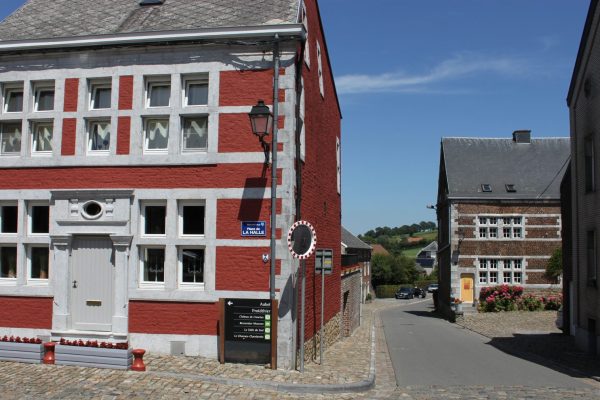
An elegant late 17th century building as the entrance to the Place de la Halle - Listed monument.
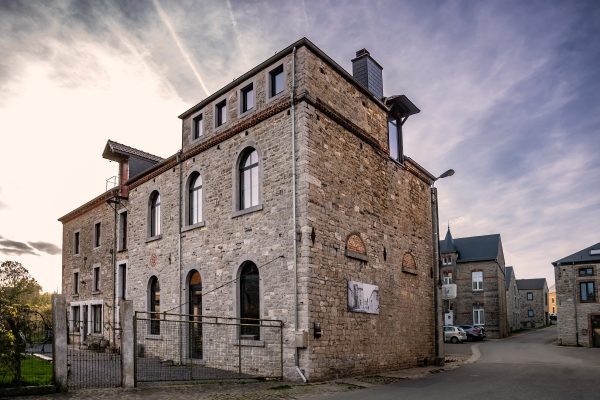
A brewery that used to be supplied with water by the Brou, a small, partly arched stream that flowed nearby.
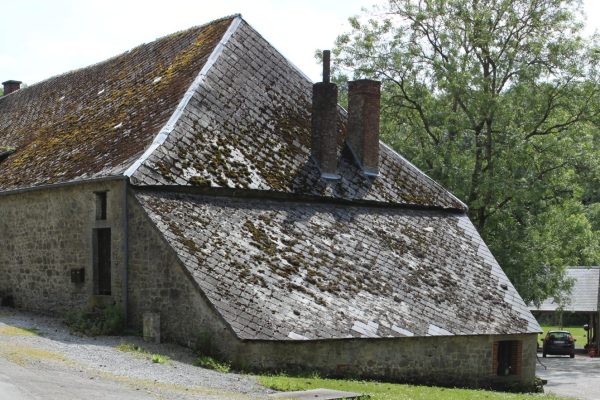
Protected by its imposing roof and tucked away at the bottom of the valley, the Vaulx mill took advantage of the convergence of the natural elements.
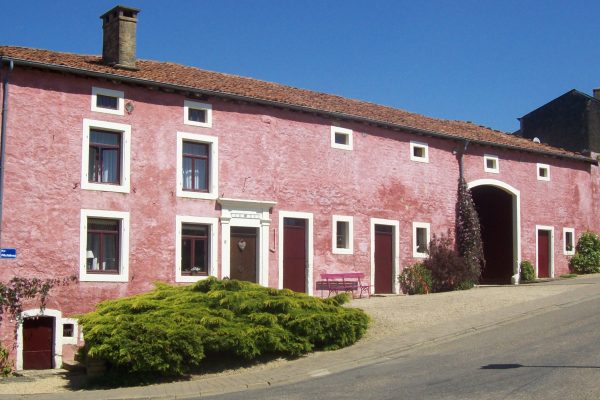
A string of traditional volumes all dressed in pink - Listed monument.
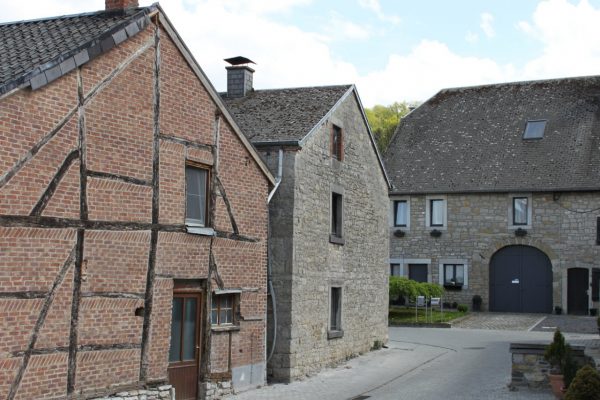
In the village of Ny, there are qualitative examples of buildings with half-timbered facades or gables.
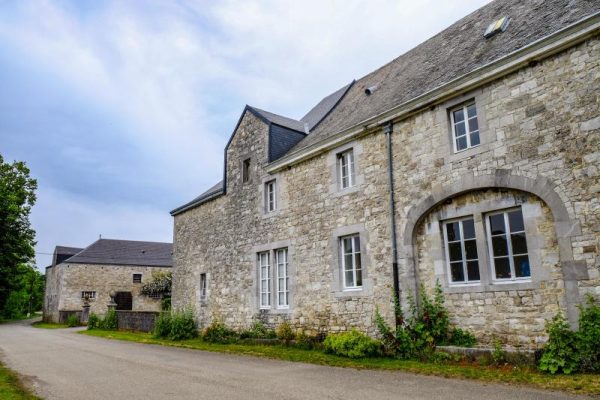
Facing the ponds, a magnificent hamlet made up of 17th, 18th and 19th century limestone buildings - (Outside the village - 4 km).
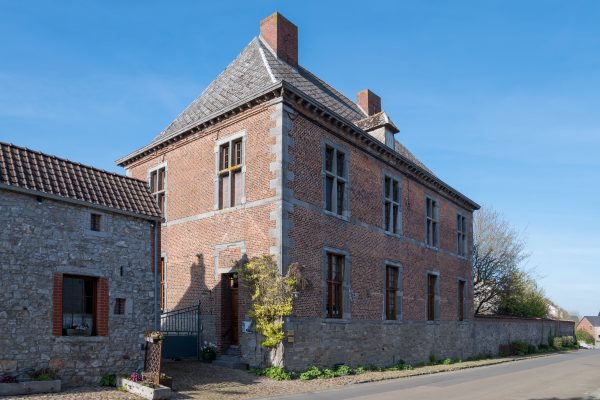
A traditional style tinged with baroque for this remarkable early 18th century building.
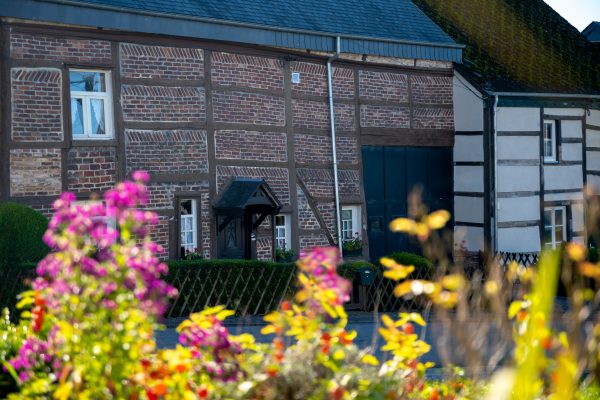
Some of the traditional houses in Mirwart still proudly bear witness to an old building technique.
The association Les Plus Beaux Villages de Wallonie (The Most Beautiful Villages of Wallonia) oversees a network of 32 villages, bearers of a strong territorial identity and reflecting traditional architecture. It is committed to promoting the rural, cultural and natural heritage of Wallonia and is a part of the development of local and responsible tourism.
More information